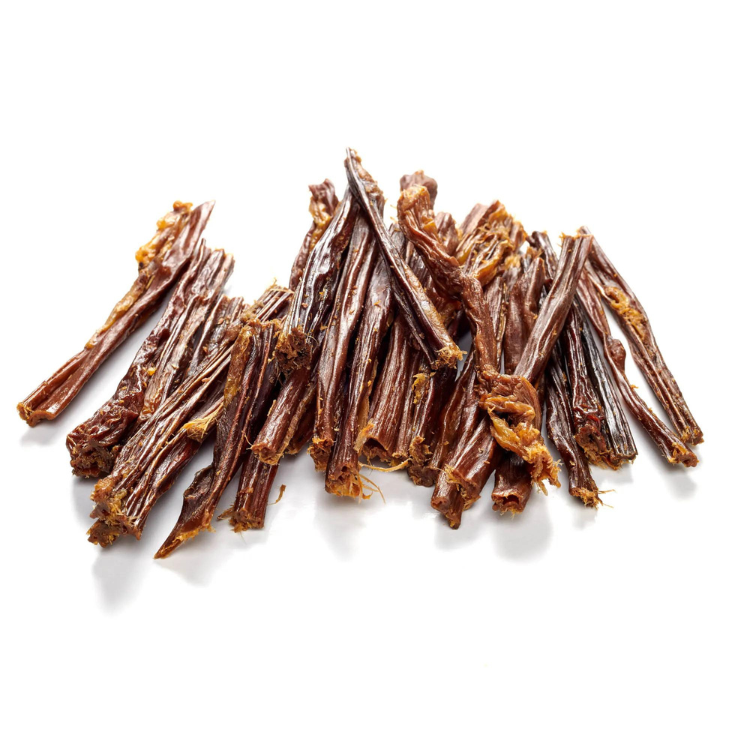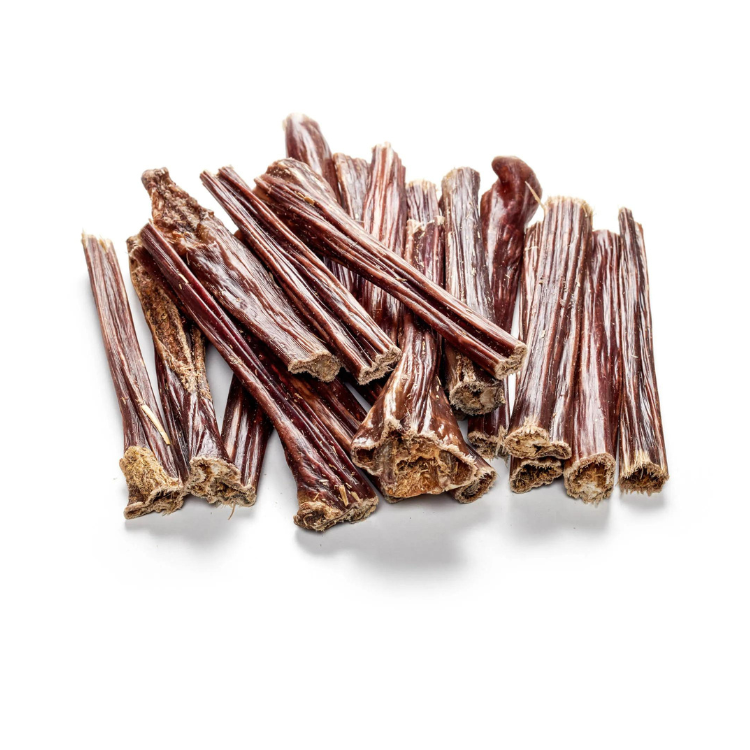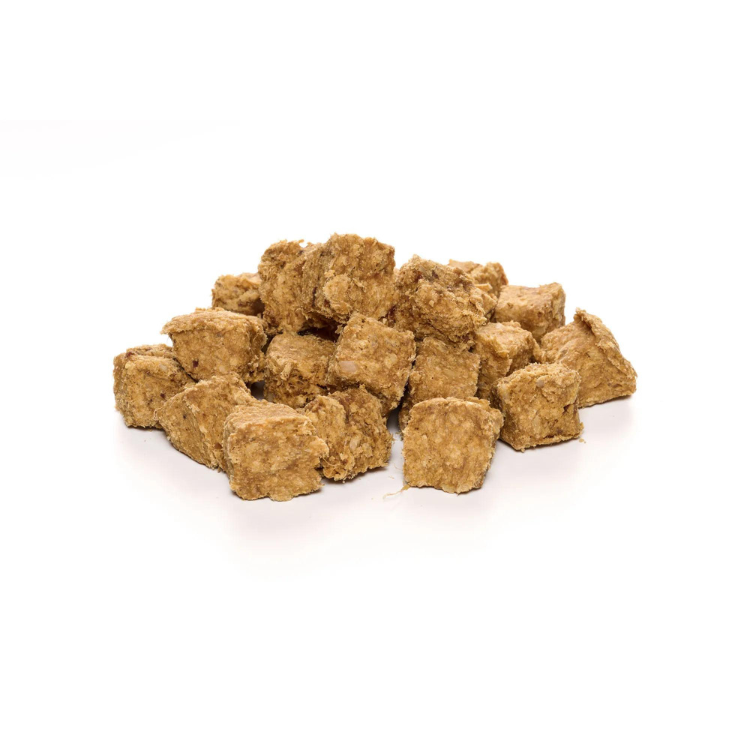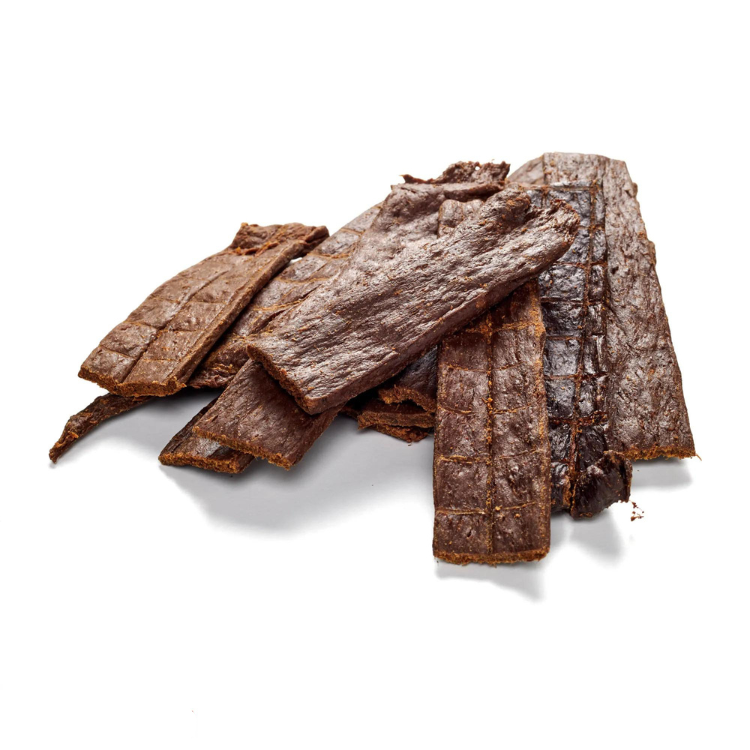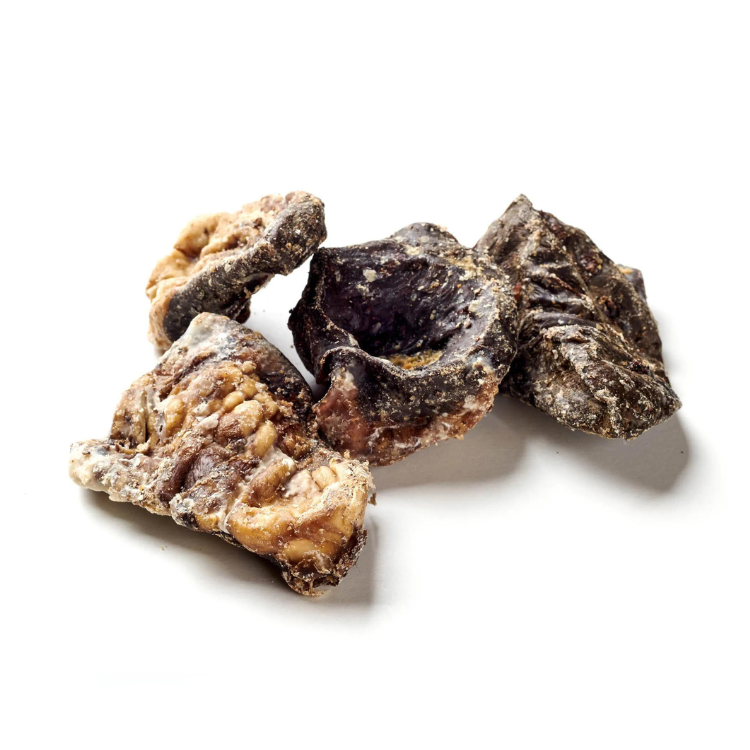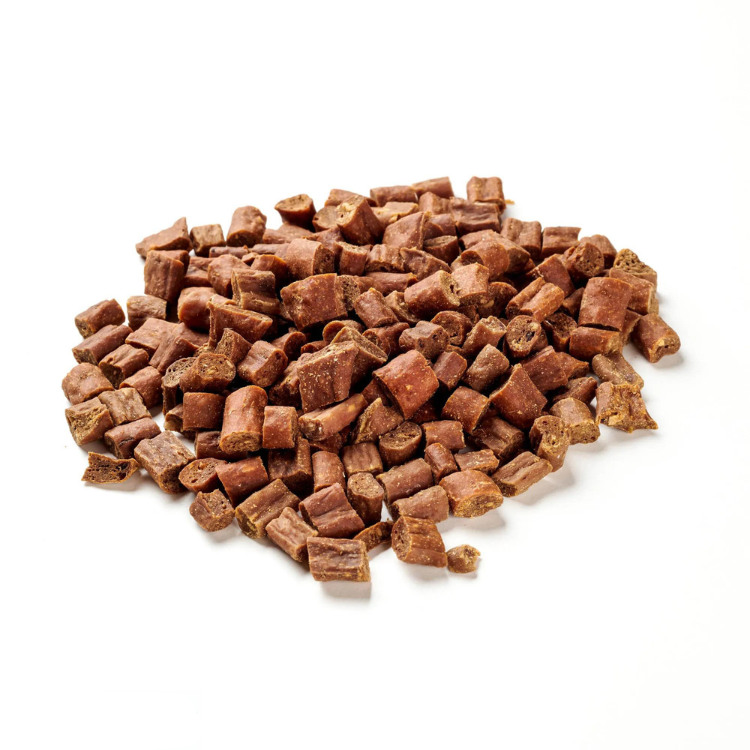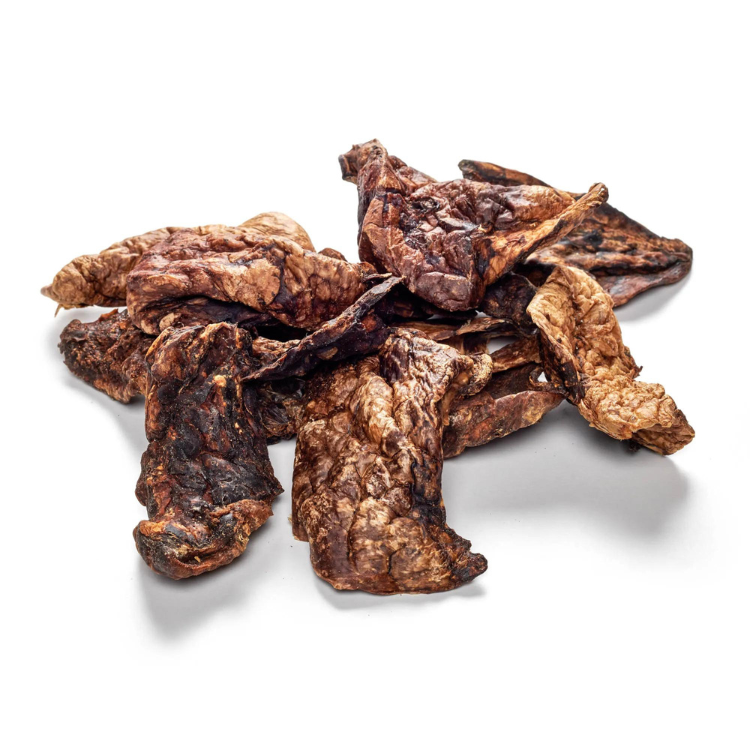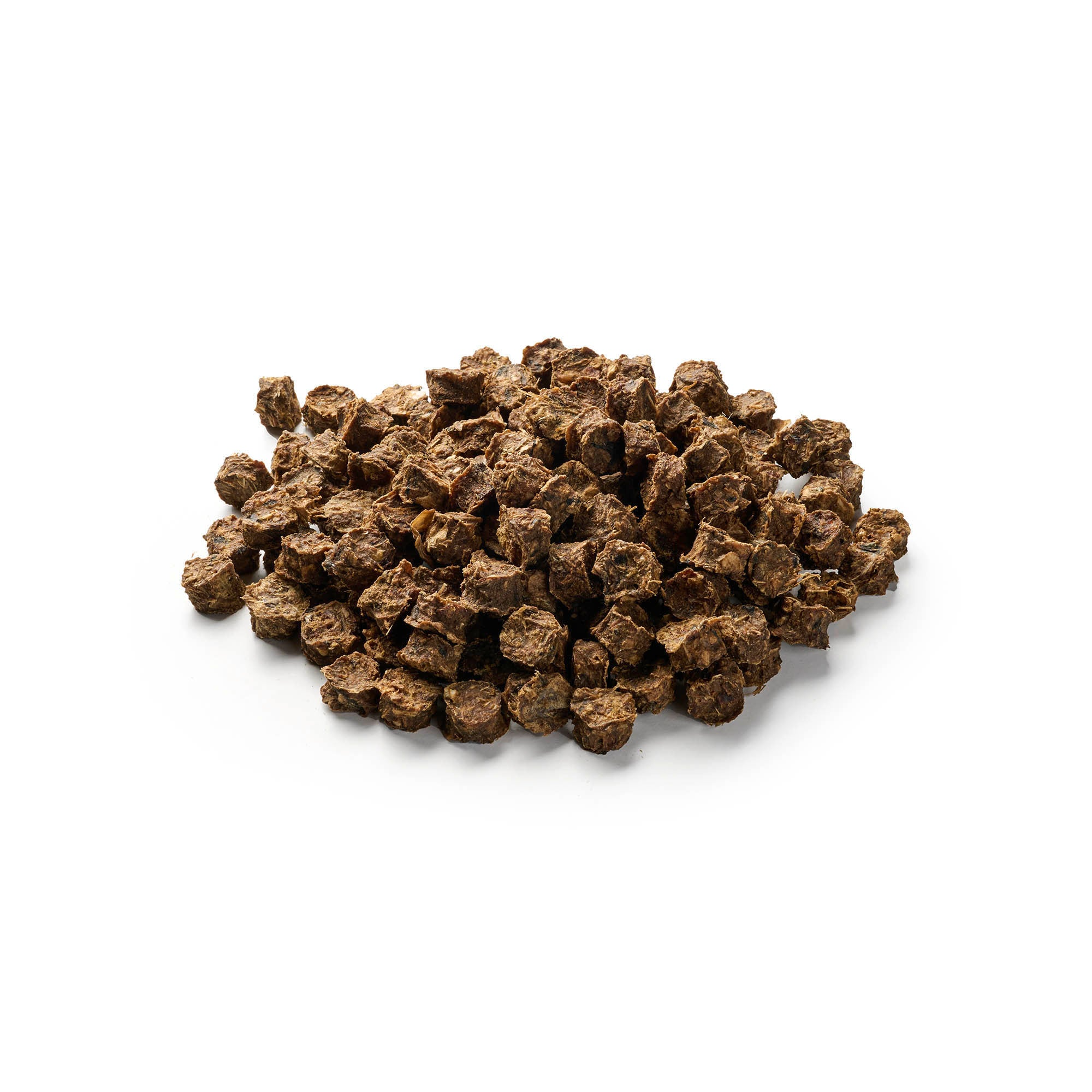
Samoyed
Share
The Samoyed is a particularly beautiful dog and captivates everyone. The breed's typical smile and the white, thick and fur-like coat make the Nordic dog an eye-catcher. At the same time, its appearance offers perfect camouflage in its natural environment. However, the sled dog is increasingly spreading in southern regions and is finding more and more fans among dog lovers.
Content: Samoyed
- profile
- Special features
- Nutrition
- Health and care
- Origin and history
- The right accessories
- Conclusion
Pamper your dog with our delicious chews!
Samoyed - Profile
- Character: Attentive, friendly, playful, strong-willed, affectionate
- Size: Medium
- Height: 50-60 cm
- Weight: 18-30 kg
- Life expectancy: 12-15 years
- Coat type: Long top coat; soft, dense undercoat
- Colour: White, white with cream or beige spots
- Special features: Breed-typical "smile"
- FCI Group: Nordic Sled Dogs
Samoyed - Special characteristics
medium;">The Samoyed is a medium-sized dog with an imposing appearance. The dogs are powerfully built and have a very bushy coat. The coat is optimized for the polar regions and consists of a very dense undercoat and an almost fur-like coat. The color is white and can be cream or creamy, which is created by the slightly upward corners of the mouth.The Samoyed is an extremely hard-working dog that specializes in running and pulling sleds. In addition, the dog was also bred in Siberia for herding. Due to aggressive behavior, however, they are not well suited to guarding. Watching Samoyeds in a sled race is an unforgettable experience that will impress and fascinate you deeply. In addition to this sporting side, Samoyeds are also very sociable animals. They build a close bond with their owners and, as people-oriented dogs, fit in well in families. If well-trained, the dogs get along well with children and other dogs. The hunting instinct is only weakly developed in Samoyeds. Nevertheless, when training the dog, you should make sure that it responds very well to whistles and calls.
The Samoyed needs a lot of exercise and activity and is not for couch potatoes. The sled dog is friendly and gentle but also has a great desire for freedom and a strong will of its own. Patient and thorough training is therefore important and worthwhile. It is recommended that the Russian sled dog should only be kept in the country with sufficient exercise. In the big city, you are doing neither yourself nor your four-legged friend any favors.
Samoyed - What should be considered regarding nutrition?
Samoyeds are very active and therefore need a lot of energy. Age, size and weight also play an important role in determining the right amount of food. The food should consist of 60-70% meat or fish. The rest of the food should ideally consist of fruit and vegetables and at most a small amount of grain. However, this can also be omitted altogether. This way you get a balanced diet that will give the Samoyed a healthy and long life.
You can choose either dry or wet food for your Samoyed. Just see what he likes better. Samoyeds can also be fed BARF . However, you should do a lot of research on this and, if necessary, ask your vet for advice.
Your Samoyed should be fed twice a day and rested for one to two hours after eating. The polar dog is sensitive to processed food and should never be fed outside of mealtimes.
High quality dog snacks to pamper your dog, now available!
Samoyed - Health and Care
Caring for a Samoyed mainly involves regular brushing. During the coat change, which occurs twice a year, intensive brushing of your companion is particularly important.
In addition, the sled dog is very easy to care for. However, regular checks of the ears, eyes, claws and teeth are recommended. Appropriate chews are advisable for preventative dental care. The dogs generally do not need a bath. Under no circumstances should you use shampoo or soap - this will destroy your dog's important wool fat and provoke skin problems.
The Samoyeds are otherwise considered robust dogs. A balanced diet can support the vitality of the four-legged friends
Samoyed - The right accessories
The following basic equipment is the most important for keeping a Samoyed: water and food bowls, a dog basket, leash, harness or collar and a first aid kit for dogs. You also need a good brush, preferably made of natural bristles. If you live in a snowy area, find out about dog sleds and get a suitable harness. This will bring great joy to both you and your dog!
Samoyed - Origin & History
The Samoyed, like the Siberian Husky , comes from the Siberian taiga. There it was a loyal companion to the Samoyed tribe, after whom the dog is named. They served the nomads as reliable and versatile working animals that could pull sledges, herd reindeer and protect their human friends from predators. Their fur served as protection from the cold at night. At the end of the 19th century, Samoyeds were increasingly used as expedition dogs. For example, Roald Amundsen was accompanied by Samoyeds on his expedition to the South Pole, and in 1911 the animals achieved fame as the first livestock to reach the southernmost point on earth. Just two years earlier, the dogs had been officially recognized as a breed. In the 1920s, the first official breeding club, the "Samoyed Club of America", was founded in the USA. After the Second World War, the dogs became increasingly popular, especially in the western world, and are now bred in numerous countries. However, you rarely see these furry four-legged friends in front of a sleigh. They are usually kept as house or family dogs.
Conclusion
The Samoyed, with its graceful appearance and friendly nature, combines beauty with versatility. Originally bred as a sled dog in Siberia, it is now popular around the world as a loyal companion and family dog. Its importance ranges from arctic expeditions to loving housemates.
Pamper your dog with our chew products!

